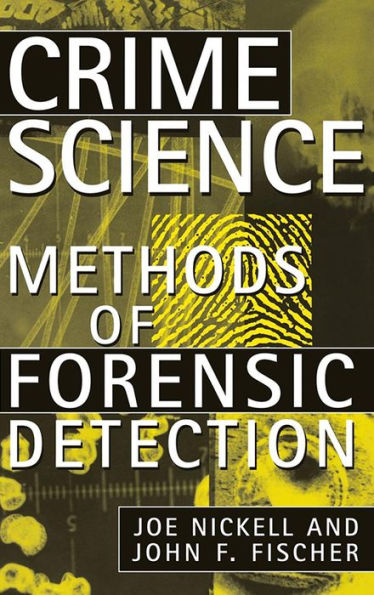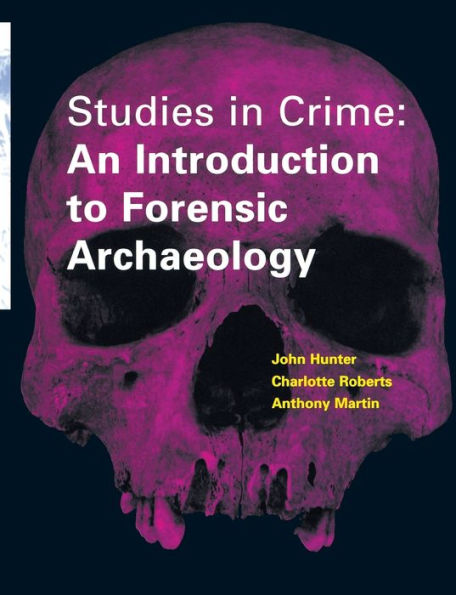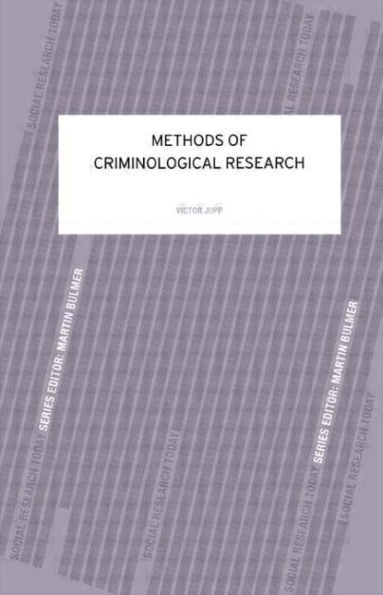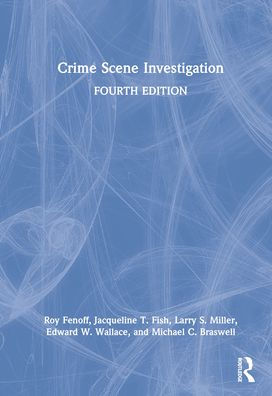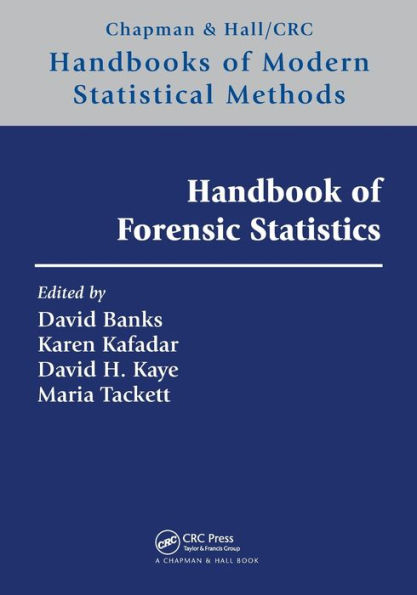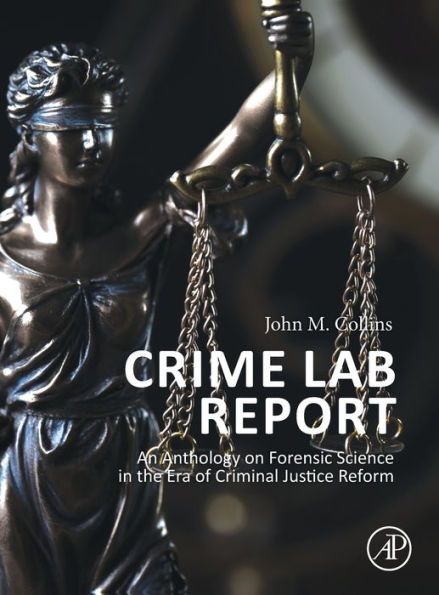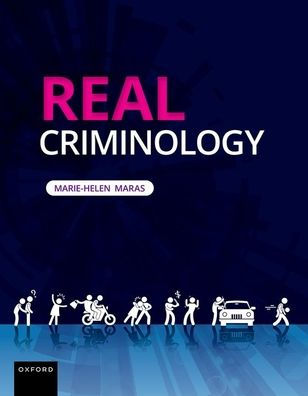Home
Crime and Measurement: Methods in Forensic Investigation
Loading Inventory...
Barnes and Noble
Crime and Measurement: Methods in Forensic Investigation
Current price: $55.00


Barnes and Noble
Crime and Measurement: Methods in Forensic Investigation
Current price: $55.00
Loading Inventory...
Size: OS
*Product Information may vary - to confirm product availability, pricing, and additional information please contact Barnes and Noble
As an introductory guide, the goal of this book is to provide students of law enforcement, criminalists, members of the justice system, law enforcement professionals, and anyone interested in the field, a starting point in understanding the pivotal relationship between police, the investigator and the scientist, in service of the law. From the first responder called to a death scene to the final analysis in the courtroom, Crime and Measurement outlines the processes, the rules, the protocols, and the principles of what it takes and what it means to measure and solve crime. Beginning with the definition of all things forensic, chapter one outlines the various branches of the growing field of forensic science and offers a thorough discussion of what constitutes evidence and expert witnesses. Chapter two delves into the history of criminology through a look at the early rise of the police force and the criminalists. In its exploration of the relationship between science and the legal system, this chapter also highlights the seminal work of pioneers such as Alexandre Lacassagne and Edmond Locard founders of legal medicine, as well as Hans Gross, the judicial magistrate who officially brought science and the law together. Going right to the scene of the crime, chapter three focuses on the primary role of police beginning with the requirements of first responders, the rules around barricading a crime scene and a complete overview of the principles of search and recovery. The chapter also examines evidence collection and a special section on the use of alternate light sources in detecting latent evidence and reconstructing crime scenes. Chapters four, five and six discuss the events and protocols around encountering death at a scene, highlight various forms of trauma and outline the processes of death and decomposition respectively. Three methods used by police and forensic scientists in assigning a positive identification to both victim and criminal are thoroughly examined in chapter seven. The relatively short history and highly controversial use of DNA analysis is detailed from its first case in the 1980s to the current policies surrounding its use and storage in databases around the world. Following this section is a discussion of the much longer history of fingerprinting in pursuing and keeping track of criminals over the last two hundred years. Descriptions include the varying characteristics and features of the tips of our fingers that make us unique, and how technicians map these traits in order to identify and distinguish perpetrators. It concludes with the popular and visually dynamic field of facial reconstruction. Finally, chapter eight of Crime and Measurement investigates an array of evidence, and the methods used by police to access, uncover and highlight the latent (hidden) information in these items. Firearms, computer data, shoes and tires all leave their mark on a variety of surfaces and the challenges in documenting, retrieving or reproducing these 'marks' are presented in this last section. Throughout the book there are graphic photographs depicting human bodies that have sustained severe trauma or are in various stages of decay. The use of such images comes with an understanding that mortui vivo docent - the dead teach the living. This text is accompanied by a PowerPoint series of lessons.
